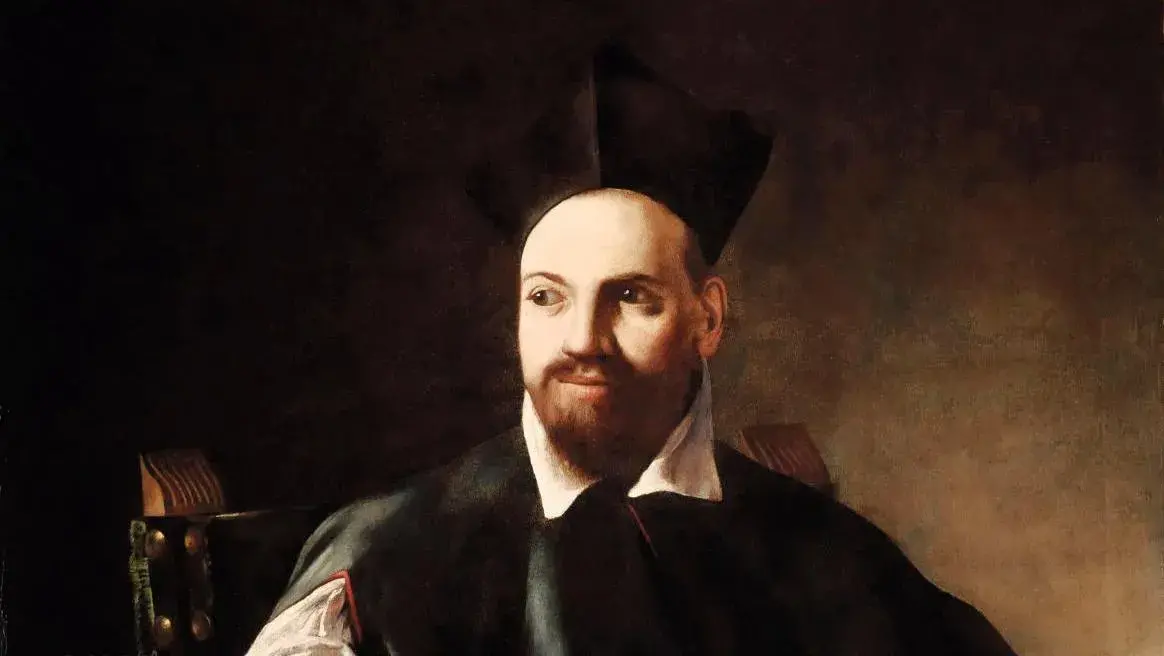A Portrait Attributed to Caravaggio on Show for the First Time in Rome
Published on

It's an event that has art historians agog: the exhibition in Rome of a portrait attributed to Caravaggio never before shown in a museum. A unique opportunity to admire and explore a crucial milestone in the artist's career. Attributed to Michelangelo Merisi, aka Caravaggio (1571-1610), Presumed portrait of Maffeo Barberini, oil on canvas, private collection.Photo: Alessio Panunzi Studio The Palazzo Barberini, home to Rome's National Gallery of Ancient Art, has devoted an entire room to a portrait attributed to Caravaggio. This is totally fitting for the return to the palace of the model, Baroque Rome’s most outstanding pope: a patron of the arts, man of









